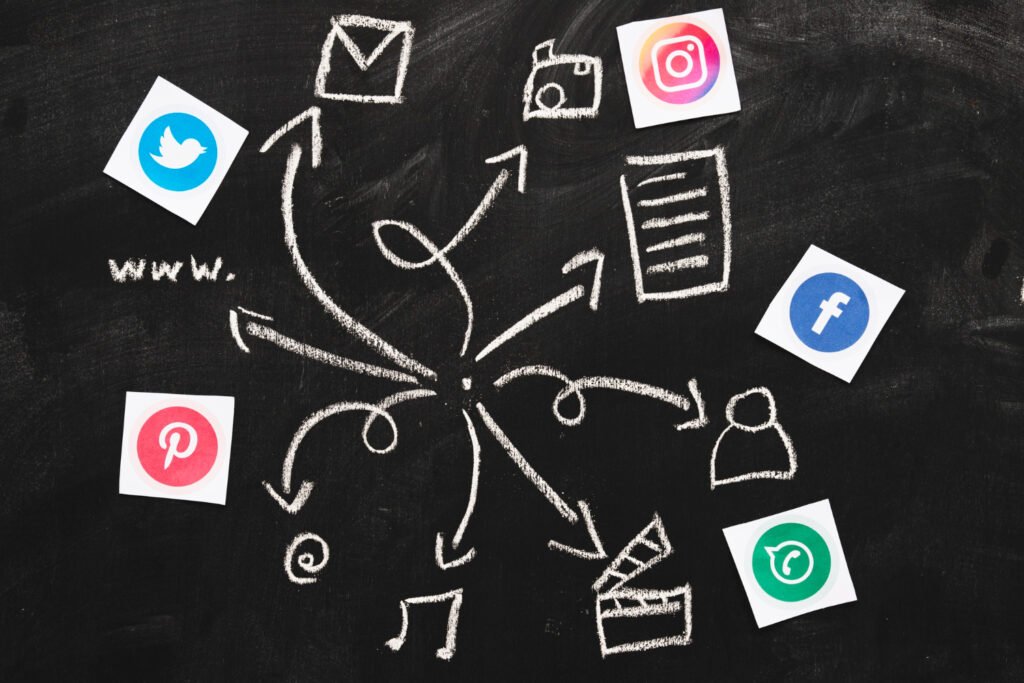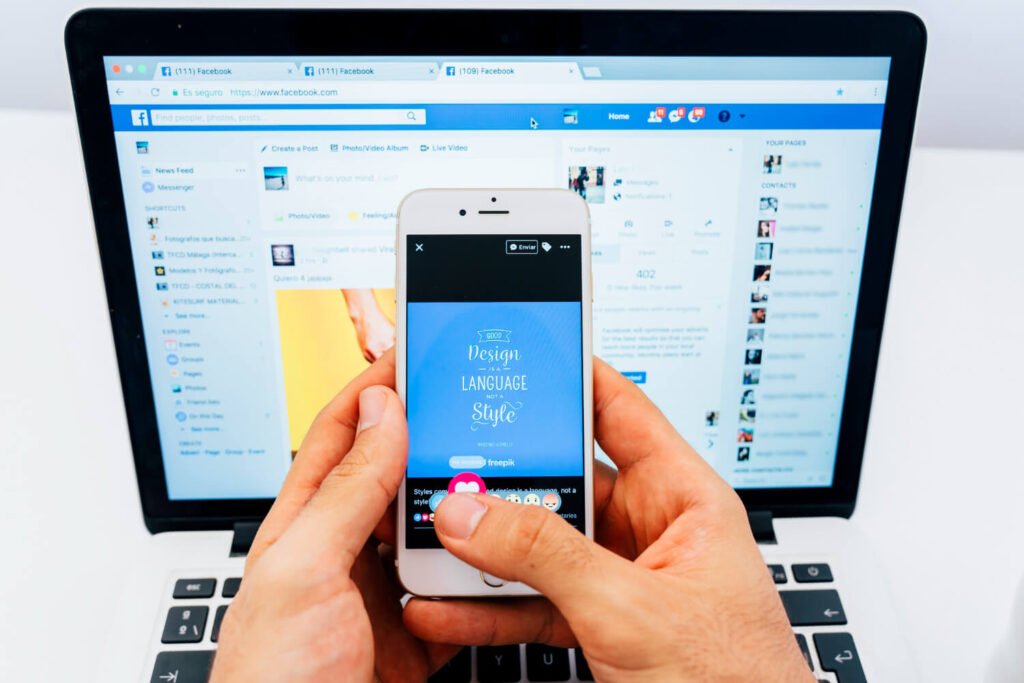In today’s digital landscape, businesses rely heavily on organic and inorganic marketing to build their brand presence and engage with potential customers. However, the success of both strategies is heavily influenced by social media algorithms. Platforms like Facebook, Instagram, LinkedIn, and TikTok use complex ranking systems to determine which content reaches audiences organically and which requires paid promotion. Understanding how these algorithms work can help businesses optimize their marketing strategy for maximum impact.
What is organic and inorganic marketing?
Before diving into how algorithms impact marketing efforts, let’s define the core differences between organic and inorganic marketing.
Organic Marketing
Organic marketing refers to unpaid strategies designed to attract and engage users naturally over time. Examples of organic marketing include:
- SEO-driven content marketing
- Social media posts and engagement
- Email newsletters
- Word-of-mouth and referral marketing
Inorganic Marketing
In contrast, inorganic marketing involves paid strategies to drive traffic and engagement quickly. Examples of inorganic marketing include:
- Pay-Per-Click (PPC) ads
- Social media advertising
- Sponsored content and influencer marketing
- Display and retargeting ads
How Social Media Algorithms Impact Organic Marketing
Social media platforms prioritize content based on user engagement, relevance, and recency. Here’s how different platforms handle organic marketing:
- Facebook and Instagram Algorithms
- Prioritize content from friends, family, and groups over business pages.
- Engagement metrics (likes, comments, shares, and time spent on post) play a crucial role.
- Video and Reels content receive higher visibility.
- Content with meaningful interactions ranks higher.
- LinkedIn Algorithm
- Prioritizes professional and value-driven content.
- Content from personal profiles gets higher reach than company pages.
- Engagement within the first 30-60 minutes boosts visibility.
- Consistent posting and interactions increase organic reach.
- TikTok and YouTube Algorithms
- Relies on watch time, engagement, and content relevance.
- The For You Page (FYP) on TikTok and YouTube’s recommendation system favor high-engagement content.
- Short-form videos with trending audio get more exposure.
- Twitter (X) Algorithm
- Prioritizes recent and trending content.
- Engaging replies and retweets enhance organic reach.
- Frequent posting and participation in viral trends increase visibility.
Challenges of Organic Marketing Due to Algorithm Changes
While organic marketing is cost-effective and builds credibility, algorithm updates can reduce reach. Some key challenges include:
- Declining organic reach on Facebook and Instagram due to paid ad prioritization.
- Overcrowded content spaces requiring consistent engagement.
- Frequent algorithm changes making it difficult to maintain visibility.
How Social Media Algorithms Influence Inorganic Marketing
Since inorganic marketing relies on paid promotions, social media platforms provide tools to optimize ad targeting. Here’s how algorithms impact paid campaigns:
- Audience Targeting
- Platforms use machine learning to deliver ads to users who are most likely to engage.
- Custom audiences, lookalike audiences, and behavioral targeting enhance ad effectiveness.
- Ad Relevance and Quality Score
- Facebook and Google assign a quality score based on ad engagement, click-through rate (CTR), and user feedback.
- Higher relevance scores lower cost-per-click (CPC) and improve performance.
- Budget Allocation and Bidding Strategies
- AI-driven bidding strategies maximize ROI by optimizing ad placements.
- Lower-performing ads receive less exposure, while high-performing ones are prioritized.
- Retargeting and Personalized Ads
- Retargeting algorithms display ads to users who previously interacted with a brand.
- Personalized ad recommendations increase conversion rates.
Best Practices for Balancing Organic and Inorganic Marketing on Social Media
To optimize your marketing efforts, businesses should integrate both organic and inorganic marketing strategies. Here’s how:
- Leverage Organic Content to Reduce Paid Ad Costs
- High-quality organic posts can increase engagement and build a loyal audience.
- Engaged users are more likely to convert through retargeting ads.
- Promote High-Performing Organic Content
- Use paid promotions on posts that receive high organic engagement.
- Boosting successful organic content increases reach without high costs.
- Optimize Content for Each Platform’s Algorithm
- Tailor posts to fit each social media platform’s algorithm preferences.
- Use trending hashtags, engaging visuals, and interactive elements.
- Monitor Algorithm Updates and Adjust Strategies
- Stay informed about algorithm changes to maintain visibility.
- Experiment with different types of organic marketing strategies.
- Invest in Video and Interactive Content
- Video content consistently performs well across all major platforms.
- Livestreams, Q&A sessions, and polls boost engagement rates.
Conclusion
Social media algorithms play a crucial role in determining the success of organic and inorganic marketing efforts. While organic marketing builds trust and long-term engagement, inorganic marketing ensures quick visibility and precise audience targeting. Businesses must continuously adapt their strategies to algorithm updates while maintaining a balance between organic and inorganic marketing to maximize their ROI.





